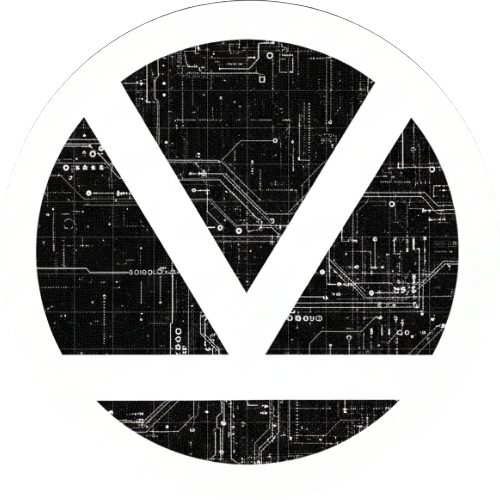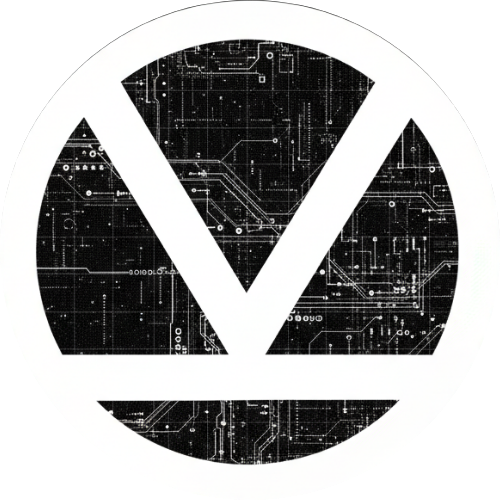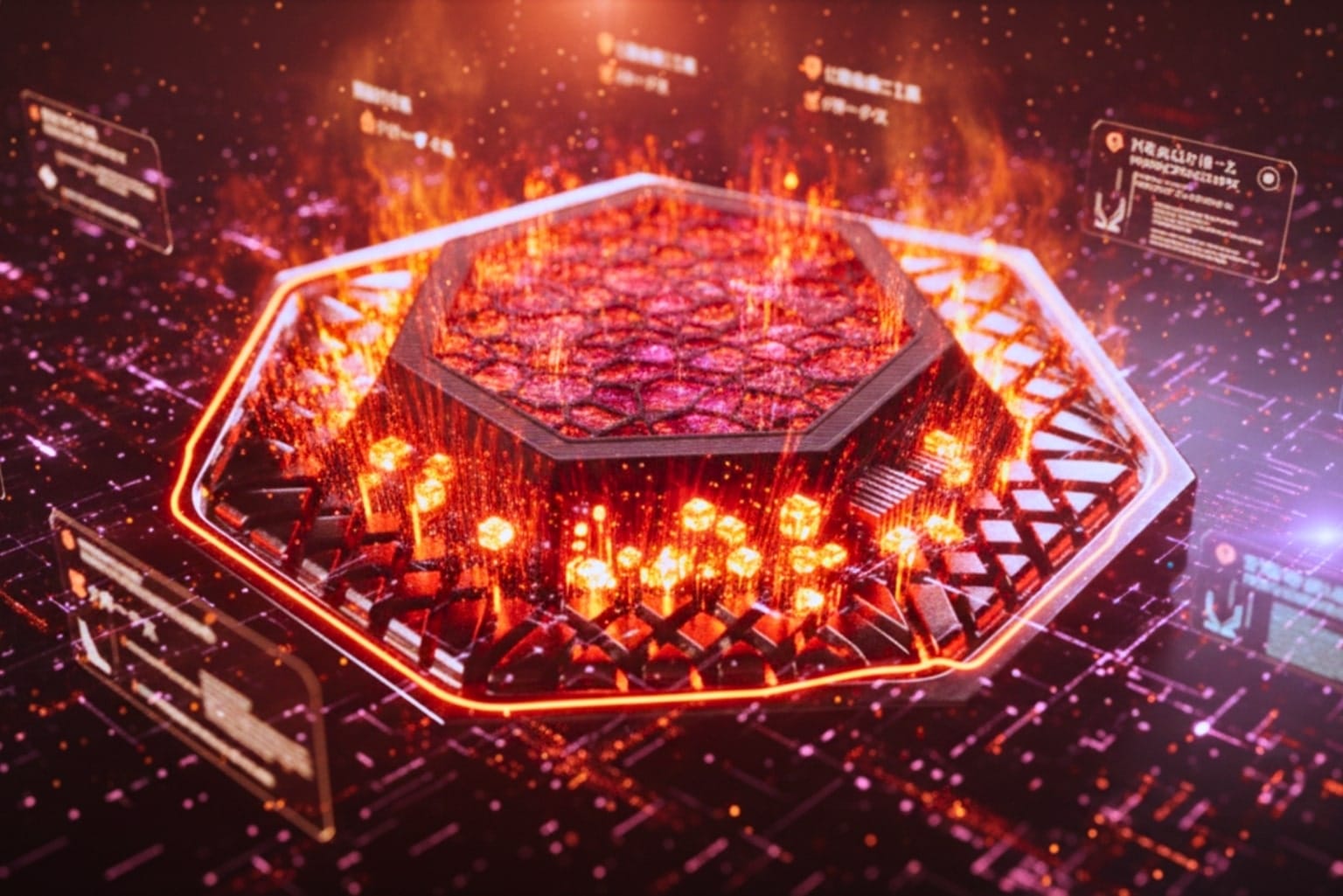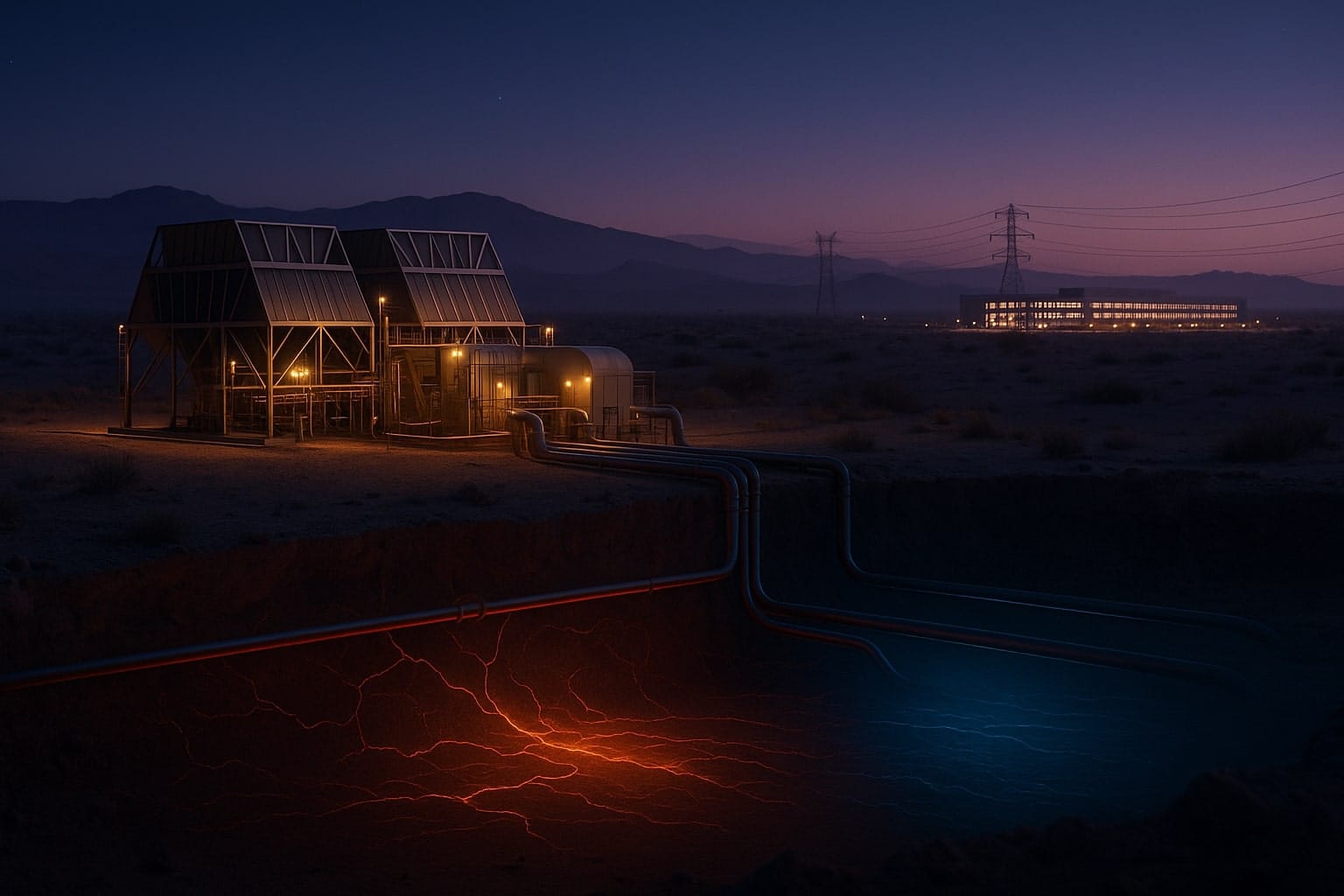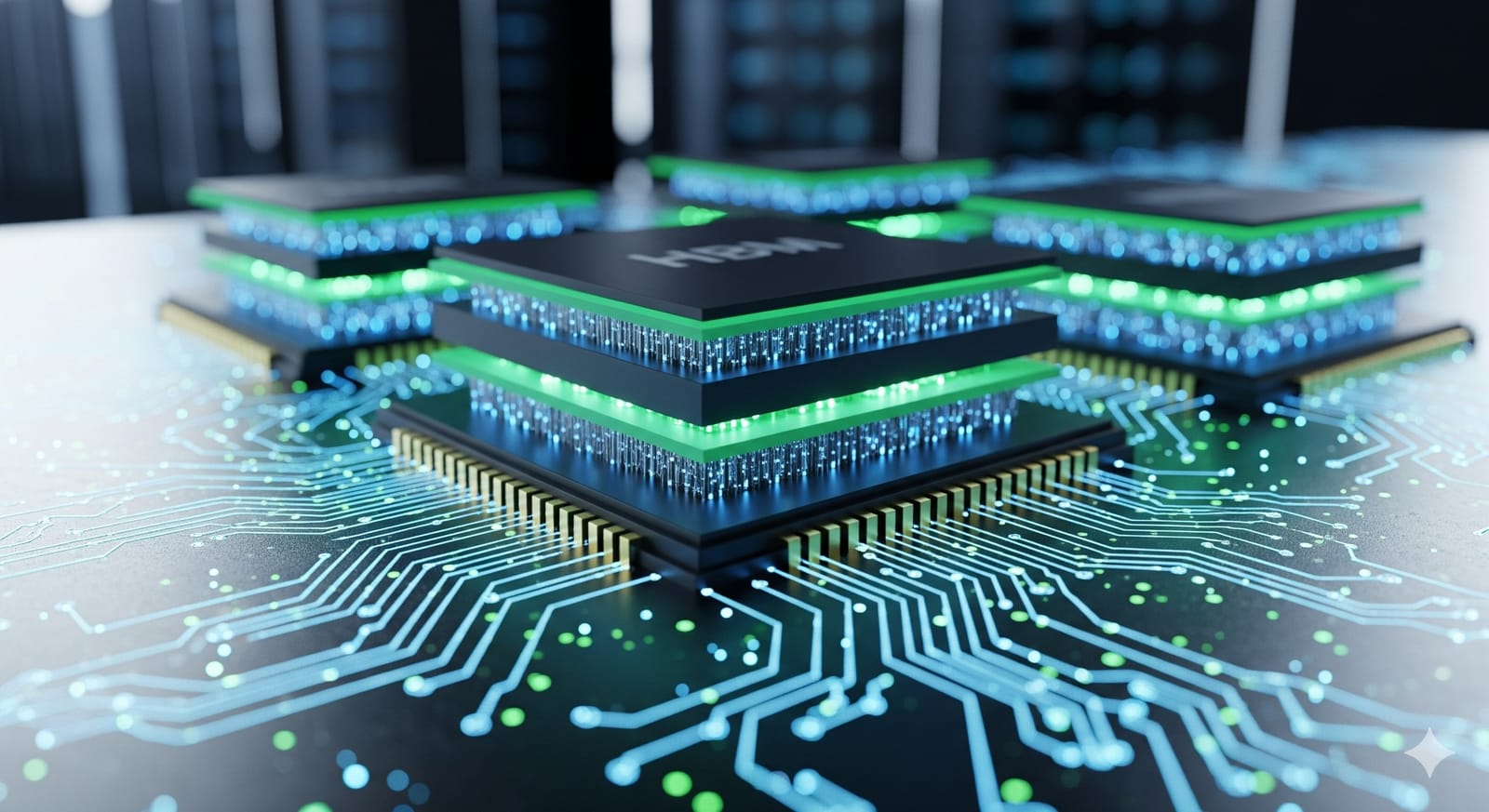Fault‑Tolerant Quantum Computing sounds almost mythical—yet IBM promises to make it mundane. Its Starling program, slated for 2029, targets 200 logical qubits and 100 million error‑free gates—roughly 20,000 × today’s Noisy Intermediate‑Scale Quantum (NISQ) capacity. If Starling sticks the landing, chemistry, materials science, and cryptography could leap a decade overnight.
But physics is stubborn. Each logical qubit demands armies of physical qubits, sub‑Kelvin refrigerators, and decoders that out‑pace error syndromes. This Quick Insight dissects IBM’s six‑point blueprint, spotlights the gaping chasms, and sizes up rivals desperate to steal the crown.
IBM’s Six Must‑Hit Targets
IBM anchors its roadmap in six technical imperatives:
- Fault‑Tolerant: Drive logical error rate below 1 × 10⁻⁵ via qLDPC memory, recently demonstrated to cross a 0.7 % threshold in High‑threshold and low‑overhead fault‑tolerant quantum memory (Nature, 2024).
- Addressable: Prep and read individual qubits through long‑range C‑Couplers; the “Loon” demo chip (2025) is first proof‑point.
- Universal: Achieve full Clifford + T gate set using on‑chip magic‑state factories sketched in Tour de Gross: A modular quantum computer based on bivariate bicycle codes (arXiv, 2025).
- Adaptive: Decode errors in real time with the Relay‑BP algorithm—see Improved belief propagation is sufficient for real‑time decoding of quantum memory (arXiv, 2025)—which IBM must hard‑wire into an ASIC beating 1 µs cycle time.
- Modular: Snap together swap‑able chips using L‑Couplers; the twin‑module “Cockatoo” processor (2027) will test crosstalk.
- Efficient: Keep overhead <10 × the surface‑code baseline; qLDPC promises ≈90 % fewer physical qubits.
“Efficiency is the only way to tame the exponential qubit monster.” — IBM Research white paper
Where the Road Gets Bumpy
- Module Yield & Packaging – The current qLDPC demo holds just 12 logical qubits on a single die. Scaling to dozens of inter‑connected modules demands heroic fabrication yield and 3‑D integration techniques still on the bench.
- Decoder Silicon – Relay‑BP shines in simulation, yet no chip today can process terabytes‑per‑second of syndrome data at cryogenic latency. An ASIC failure here jams the entire stack.
- Cryo‑Control & Cabling – Thousands of microwave lines won’t fit inside a dilution fridge. Compact RF multiplexers at 4 K remain a design cliff.
- Magic‑State Factories – T‑state distillation is mathematically sound; experimental validation is MIA.
- System Integration – IBM’s own Blue Jay node (≈2,000 logical qubits) is penciled for 2033—four years after Starling. Full programmability may arrive later than the press release implies.
Rival Strategies: Can Anyone Leapfrog?
- Google Quantum AI cracked a 101‑qubit surface code at 0.143 % error per cycle in Quantum error correction below the surface‑code threshold (Nature, 2024). If they nail lattice surgery, they could reach application thresholds before 2029—though at brutal physical‑qubit counts.
- Microsoft touts Majorana‑based topological qubits, but Microsoft claims quantum‑computing breakthrough — but some physicists are sceptical (Nature News, 2025) underscores the community’s doubts.
- IonQ raised US$ 1 billion to scale ion‑trap networks beyond two million physical qubits by 2030. Ion gates are slower, and fault tolerance is untested, but the war chest is real.
IBM’s Go/No‑Go Checkpoints
- 2025 – Loon: Does a single qLDPC block cycle below 2 µs?
- 2026 – Kookaburra: Can combined logic + memory hit <1 × 10⁻³ two‑qubit error?
- 2027 – Cockatoo: Do coupled modules avoid fatal crosstalk?
- 2028 – Falcon‑Z Decoder ASIC: Can real‑time decoding hit the 1 µs wall?
- 2029 – Starling Launch: Will 100 million gates run on 200 logical qubits without a crash?
Progress is binary: hit the spec or hit the wall.
Why This Matters
Fault‑tolerant machines could obliterate today’s encryption, revolutionize climate modeling, and compress drug‑discovery timelines. Yet those same capabilities magnify ethical dilemmas—from broken public‑key infrastructure to quantum‑enhanced surveillance. Society must steer not just if we build these engines, but how we wield them.
IBM owns the only public, peer‑auditable roadmap to fault‑tolerant computing. Still, hardware yield, ASIC decoders, and refrigerator real estate could derail Starling faster than decoherence kills a qubit.
Will IBM silence the noise—or will quantum hope evaporate into a Fata Morgana?
